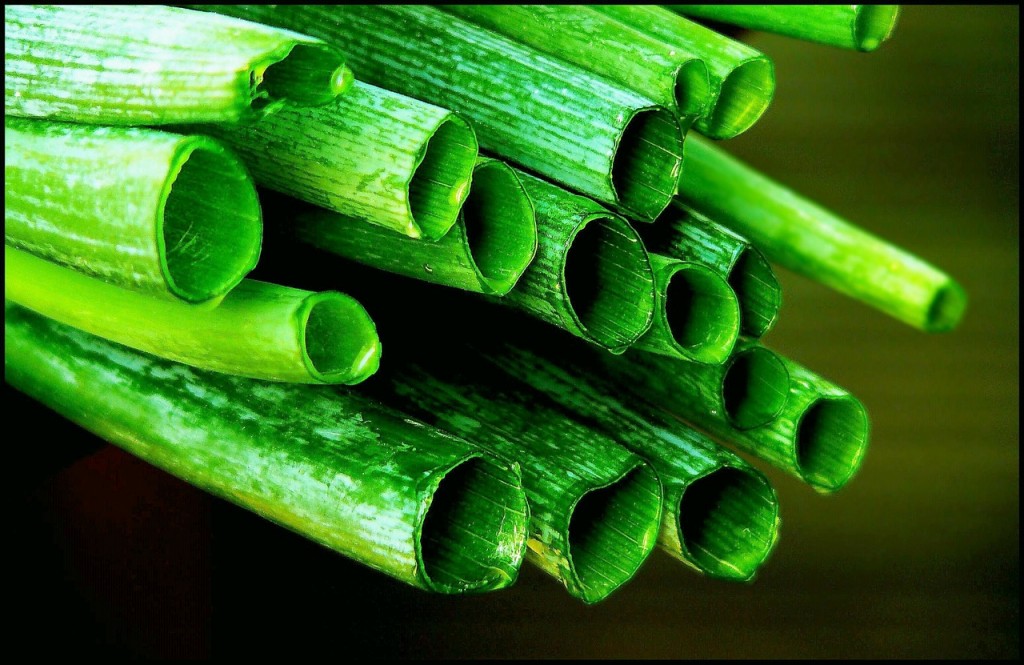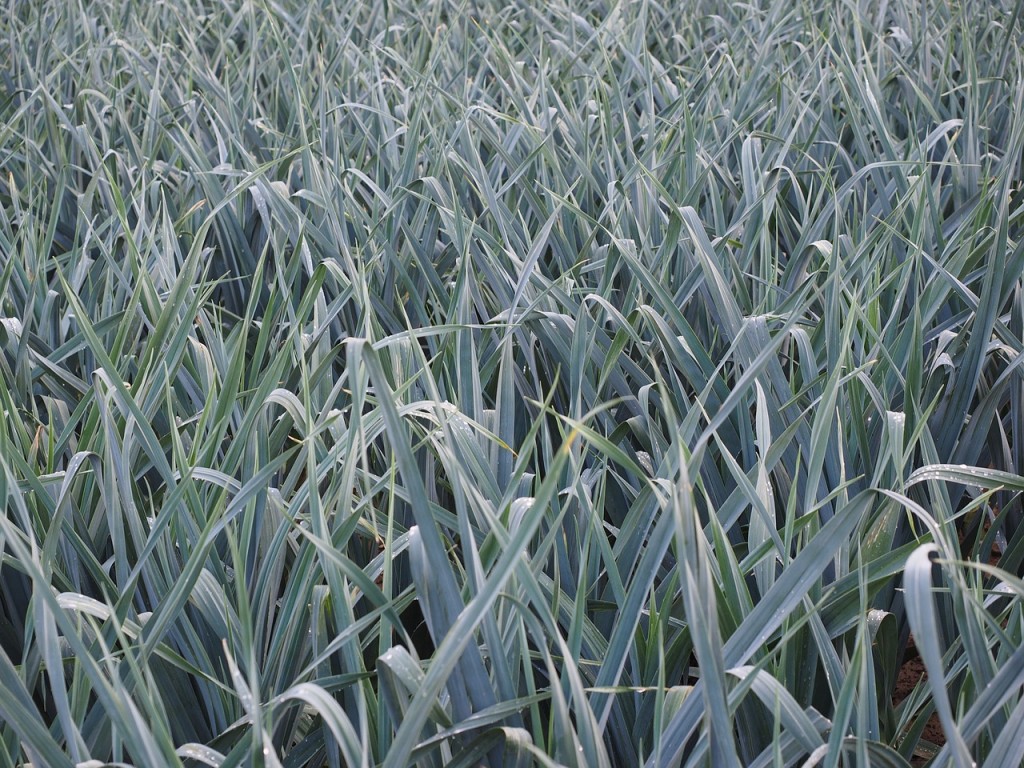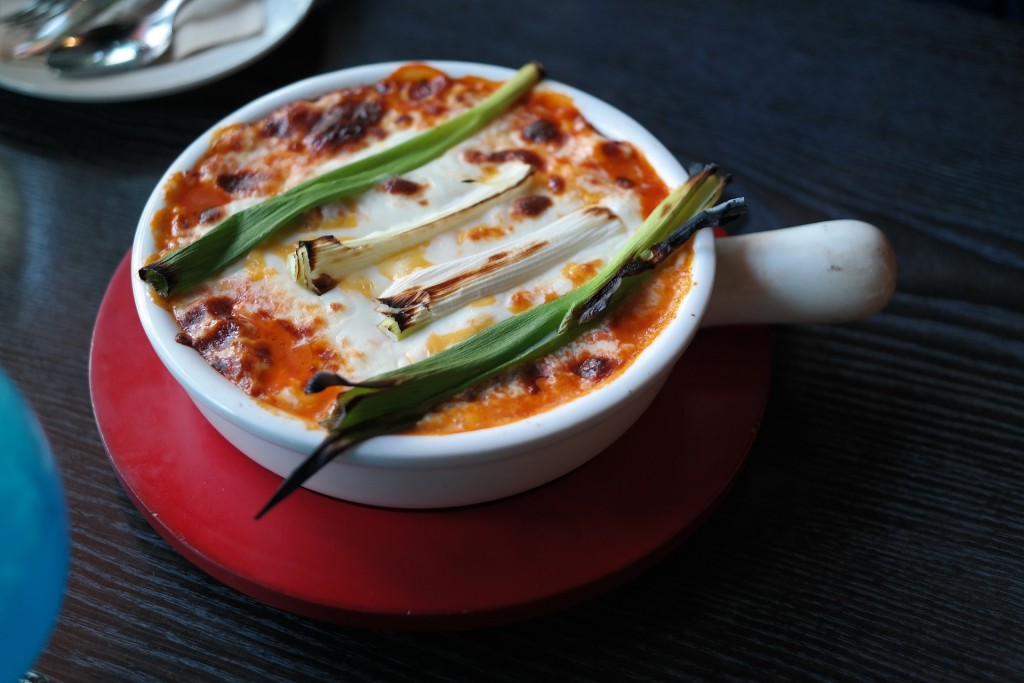
What could be better than a vegetable that‘s easy to grow, isn‘t troubled by frosts and needs little attention until you come to dig it up in the winter when there are few other fresh vegetables to be had?
Leeks tick all these boxes and now is a good time to get started.
There are a few drawbacks; leeks can be in the ground for anything up to 45 weeks before they are mature (although all can be harvested as young leeks), so do take up space for long periods.
Although they are not troubled by too many pests and diseases, leek moths seem to be causing more and more problems in recent years with some gardeners reporting heavy losses, but even here there are ways to combat the problem.
Site and soil
Leeks can be grown in pots and containers (growing pot leeks has a following all of its own and has long been a popular competitive hobby in the north), however most of us will be growing our crops in the open plot.
Leeks like much the same conditions as onions that is a sunny site in a well-drained, fertile soil, but they are generally undemanding.
It is a good idea to dig in some well-rotted organic matter in the autumn and to add a general fertiliser such as pelleted chicken manure or Growmore seven to 10 days prior to sowing.
Seeds can be sown direct into a nursery row outside; sow thinly about 1cm (1?2in) deep.
Alternatively sow in cell trays filled with sowing compost, one seed per cell.
Cover with sieved compost or fine vermiculite and water well.
Although heat is not essential seeds can be given a little gentle warmth in a propagator or warming bench set to 13-16C (55-60F) to speed germination along.
Cover with a lid to maintain humidity and remove this once most of the seedlings have emerged.
Maintain watering throughout. Remove trays from the heat once the seedlings come through and have established, placing them on the bench in a frost-free greenhouse, polytunnel or on a bright windowsill.
Growing on
Plants grown indoors should be thoroughly hardened off prior to planting out once they are well established and the roots are starting to fill the compost.
Planting can commence once the stems of indoor or outdoor plants have grown to the thickness of a pencil.
When it comes to planting make deep holes with a large dibber (an old handle from a broken spade or fork is ideal for this) in the prepared soil.
The holes should be 10cm (4in) apart for baby leeks, 15cm (6in) apart for medium-sized leeks and 23cm (9in) apart for full-sized main crop leeks.

Holes are dibbed 15cm (6in) deep and the plants simply dropped in so that just a little of the leaf can be seen above the top of the hole.
Water the base of the hole to both moisten it and to wash a little soil from the sides over the roots to keep them moist.
Part-burying the plants in this way gets the blanching process under way (the blanch is the length of tasty edible white stem).
Occasional feeding with a general balanced feed, either liquid or granular through the summer will encourage your leeks to grow healthily.
However avoid too much nitrogen as soft growth will be prone to disease and to frost damage later on. Stop feeding by the end of August/beginning of September.
Keep plants weed free to avoid competition and to deter pests and diseases.
However, since leeks grow slowly it is possible to grow a fast maturing catch crop between them such as corn salad.
Harvesting
As mentioned, leeks can be harvested at virtually any stage from pencil thick when they can be used as a mild substitute for spring onions or in stir-fries, right up to full-sized barrels (stems).
Leeks are very hardy and will stand in the soil perfectly well through the winter until the spring when the space will be needed for other things. Simply lift as required.
However if you wish to clear the ground or to ensure that you harvest your leeks when at their prime, it is possible to freeze them.
This simply involves lifting and cleaning them thoroughly before removing the leaves and roots.
Then chop the trunk of the leek into 2.5cm (1in) sections before placing in convenient portions in a freezer bag, labelling and freezing.
They will keep in the freezer for about three months.

Pests and diseases
Leek moth: This is a relatively new pest to UK plots. The caterpillars tunnel the leaves and stems of the leeks reducing vigour and rendering them inedible.
There are two generations a year and attacks are at their worst from late spring to midsummer.
Once the pests are ready to pupate they move to the leaf surface and weave a cocoon.
If seen inside the leaves or cocoons they can be squashed or cover the crop after planting with fleece until after midsummer.
Leek rust: The outer leaves of leeks and other onions develop orange spots.
The leaves slowly turn yellow and die back. Only the outer leaves are usually affected and these can be stripped off after harvesting to reveal healthy growth beneath.
Choose a resistant variety and take care not to apply too much nitrogen, especially late in the season.
Leek white tip: This disease attacks the leaf tips from late summer causing them to turn pale before drying up.
The infection moves down the leaf greatly reducing the vigour of the plant and the spores can remain in the soil for some time. Pull up and burn badly infected plants.
Varieties
There are lots of good varieties available in the seed catalogues. Look out too for leek plants which are often dispatched from mid-May. Here are some of our recommendations for seed varieties:
- ‘Oarsman F1‘: Long, white stems with good resistance to rust and bolting. Mid-season harvest.
- ‘Bandit‘: Thick white stems with good flavour. Tolerant to rust and bolting. Harvest December to April.
- ‘King Richard‘: Can be harvested as a mini leek or allowed to reach full size.











